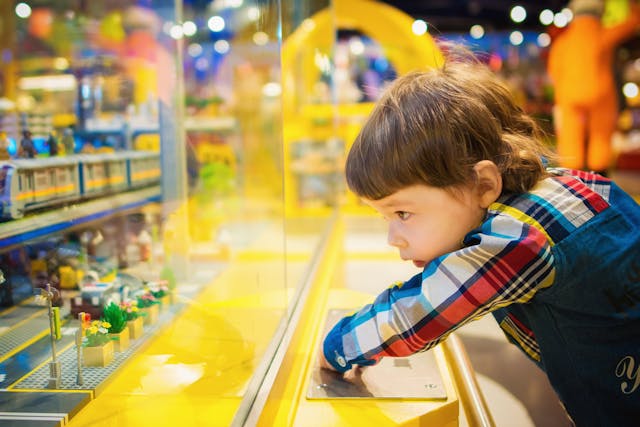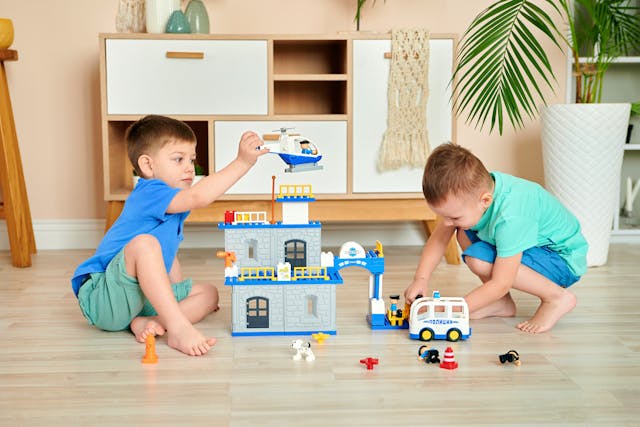As the years pass, the toys children clutch in their hands may evolve — from wooden blocks to battery‑powered wonders — but their impact remains profound. Along the way, stores like Geppetto’s Workshop have quietly served as guardians of imagination, bridging the old and the new in the world of play. In this post, we’ll journey through the decades, exploring how traditional toys have shaped childhood, influenced culture, and left behind legacies still felt today.
The Early 20th Century: Wooden Toys, Simple Joys, and Craftsmanship
In the early decades of the 1900s, the majority of children’s playthings were handmade or crafted in small workshops. Toys were simpler — dolls, wooden blocks, pull‑toys, spinning tops, and perhaps a humble set of marbles. These objects were not mass produced in the sense we understand today; rather, they carried the touch of artisans, and durability was prized over novelty.
In Australia and beyond, a wooden train set or a hand‑carved animal could spark hours of imaginative play. These early playthings helped children develop fine motor skills, spatial reasoning, and narrative thinking. Because toys were precious and fewer in number, children often learned to repair or repurpose them rather than discard.
The Mid-20th Century: Plastic, Boom, and the Advertising Revolution
After the Second World War, the toy industry exploded in scale and influence. The adoption of plastics and cheaper production techniques made toys more affordable and abundant. Between 1940 and 1953, toy sales in the United States alone jumped from about US$84 million to nearly US$900 million — a sign of the booming consumer culture.
This era also saw toys becoming more tied to advertising and media. For example, Mr. Potato Head was launched in 1952 and became one of the first toys to be advertised on television — turning children directly into a key consumer audience.
Iconic brands like Fisher‑Price, founded in 1930, expanded their catalogue with bright, plastic toys designed to educate as well as entertain. Educational blocks, shape sorters, and early puzzles became staples, reinforcing that toys could be both playful and instructive.

The 1960s to 1980s: The Age of Innocence, Licensing, and Character Toys
In the 1960s and 70s, toys began to reflect a merging of entertainment, licensing, and storytelling. Rather than abstract blocks or simple dolls, children could play in worlds inspired by TV, books, and comics. Dollhouses, action figures, playsets, and vehicles became more common.
During this time, the toy industry also became more globalised, with plastics and mass production allowing for cheaper import and wider distribution. Toy lines tied to popular television shows and movies proliferated — fuelling the idea that toys were not only playthings but extensions of fictional universes.
In Australia, as elsewhere, classic toys like Hula Hoops, Slinkies, and spinning tops remained enduring favourites, while new entries like construction sets and model kits captured the imagination of older children and pre‑teens.
The 1990s and 2000s: Collector Culture, Miniatures, and Hybrid Toys
By the 1990s, childhood play had diversified further. One notable trend was the rise of collectible toys. Items like Beanie Babies became phenomena — simple plush animals with personality and scarcity, marketed as both toys and collectibles.
At the same time, miniatures (like Polly Pocket, first appearing in 1989) gave children compact worlds to inhabit in their hands. Traditional toys also began to incorporate mechanical or electronic elements — battery‑powered cars, talking dolls, simple circuits — blurring the line between “traditional” and “modern.”
This era also saw the melding of physical and digital play. Toy manufacturers began embedding codes or software tie‑ins that allowed real toys to carry over into video games or online spaces, foreshadowing the evolution to come.
The 2010s to Today: Nostalgia, Hybrids, and the Legacy of Traditional Play
In recent decades, many children’s play habits have shifted toward screens, apps, and digital interactivity. Yet, paradoxically, there’s a resurgence of appreciation for traditional toys — wooden puzzles, building blocks, board games, and handcrafted items. Many parents seek to balance screen time with tactile, durable playthings.
The nostalgia factor is also powerful. Adults who grew up with classic toys often return to them — as collectors, hobbyists, or parents passing them on to the next generation.
Moreover, traditional toys continue to influence modern design: modular systems, sustainable materials, and open‑ended play are now key design principles. In many ways, the legacy of wooden blocks and imaginative dress‑ups persists in the design of even the sleekest STEM kits.

Why Traditional Toys Matter — And Still Do
– Open-ended imagination: Unlike many modern toys that guide play, traditional toys leave space for children to invent their own stories, rules, and worlds.
– Durability & sustainability: Toys made of wood, cloth, or simple materials often last longer and can be repaired or passed on — reducing waste.
– Developmental richness: Manipulating small objects improves motor control, spatial awareness, problem solving, and social play.
– Cultural continuity: Toys carry stories across generations. The same wooden train set, blocks, or doll can link a child with their parents’ or grandparents’ childhoods.
– Counterbalance to digital life: In a world saturated by screens, tactile, physical play offers essential sensory and imaginative engagement.
A reflection, and an invitation
As we look back over the decades, we can see that toys are more than objects — they are mirrors of society, technology, values, and childhood itself. From the handcrafted treasures of the early 20th century to the hybrid, digitally infused toys of today, each era’s playthings offered its own lessons and joys.
And yet, through every change, shops have preserved the spirit of play. By offering carefully chosen, traditional toys alongside modern options, they remind us that the best childhoods blend innovation with delightfully simple wonder.















